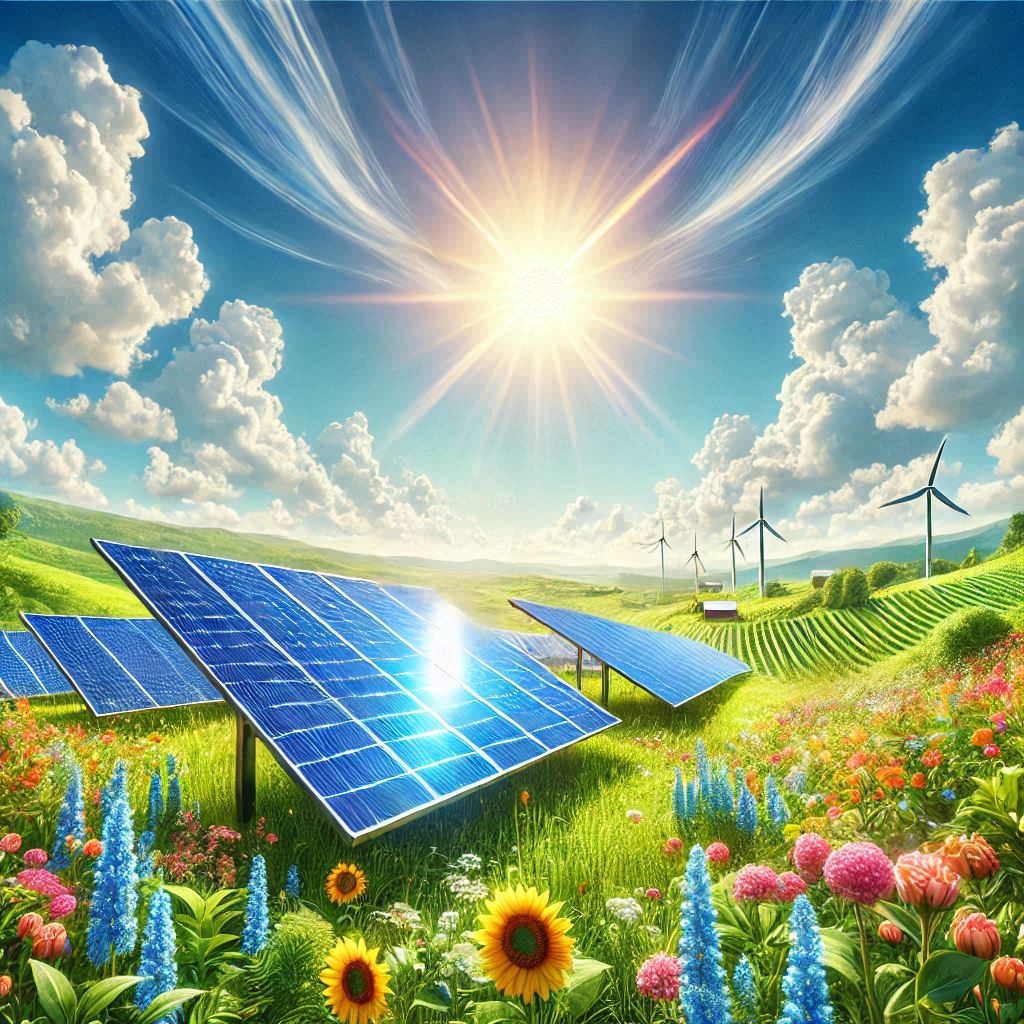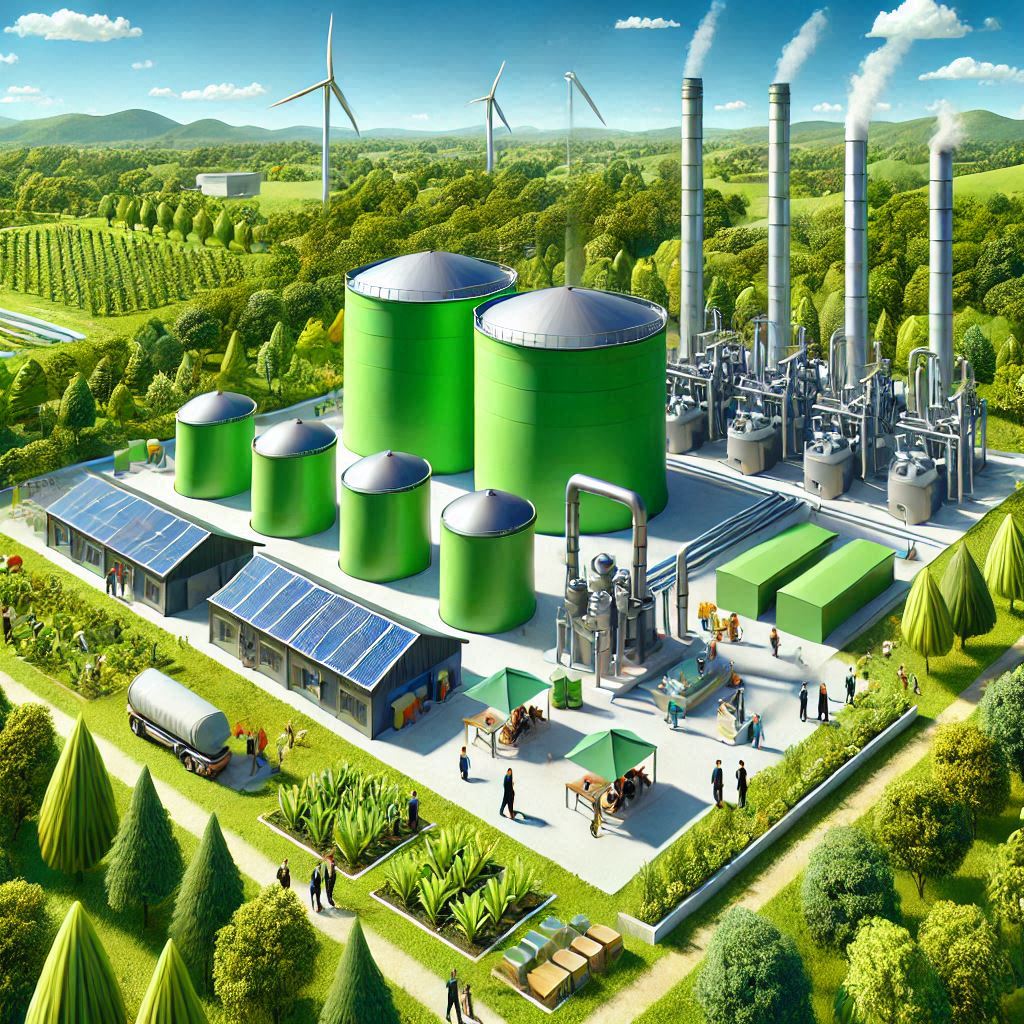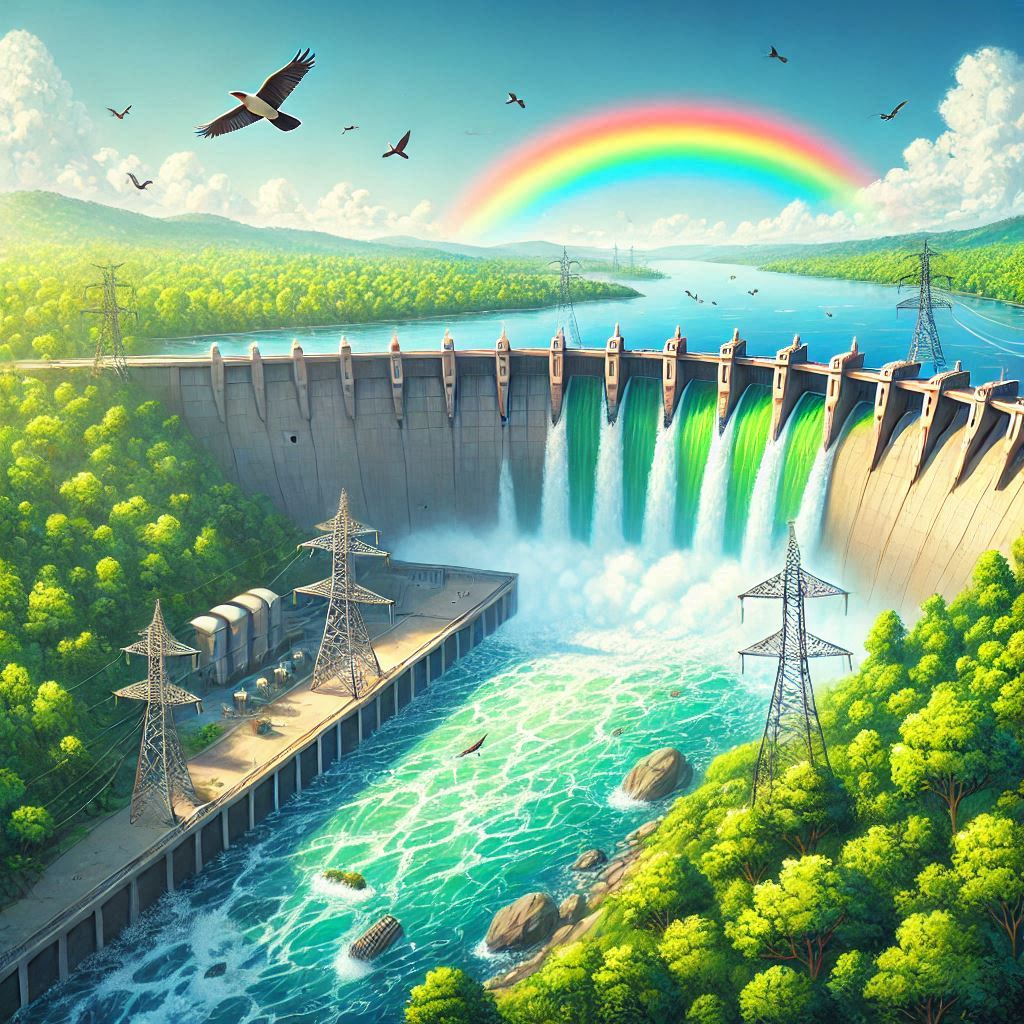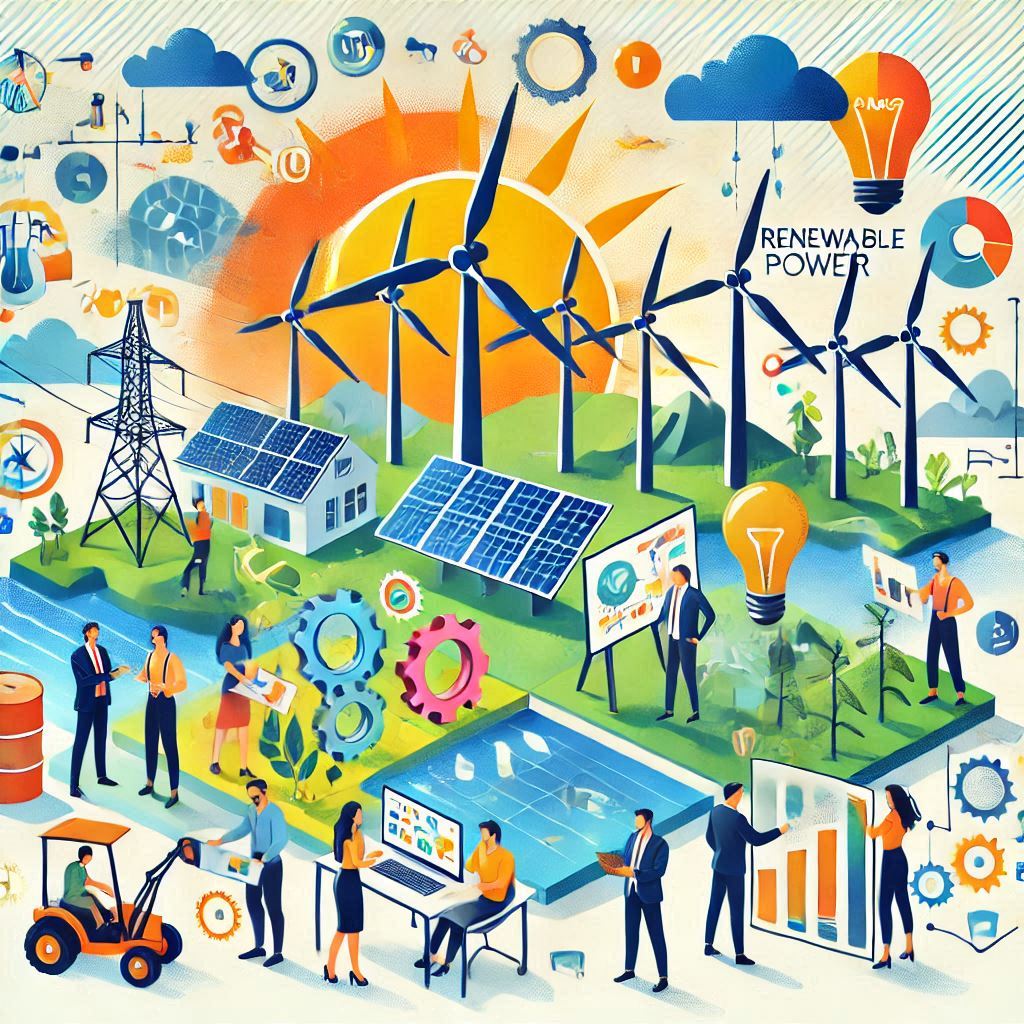Key Facts
- We discussed about renewable energy and its types.
- What benefit of renewable energies?
- Why we choose renewable energy for save to environmental impact?
- How many Challenges and Solutions when we adopting renewable power?

As the global community becomes increasingly aware of the environmental impact of fossil fuels, the transition to renewable energy sources is more critical than ever. Renewable energy offers a sustainable solution to our energy needs, reducing carbon emissions and promoting environmental stewardship. Let’s explore some of the most promising renewable energy sources and their potential to shape a cleaner, greener future.
If we completely adopted renewable power, its better for our planet and our life. renewable energy great efficiency against conventional energy power

Solar Power: Harnessing the Sun’s Energy
Solar power is one of the most abundant and accessible renewable energy sources. Photovoltaic (PV) panels convert sunlight into electricity, providing a clean and sustainable energy solution. Innovations in solar technology, such as improved panel efficiency and energy storage solutions, make solar power a viable option for residential, commercial, and industrial applications.

Wind Power: Capturing the Wind’s Potential
Wind power is another leading renewable energy source, utilizing wind turbines to generate electricity. Offshore and onshore wind farms are expanding rapidly, thanks to advancements in turbine technology and favorable government policies. Wind power is a reliable and cost-effective solution that can significantly reduce our dependence on fossil fuels.

Geothermal Energy: Tapping into the Earth’s Heat
Geothermal energy harnesses the heat from within the Earth to generate electricity and provide heating. This sustainable energy source is particularly effective in regions with high geothermal activity, such as Iceland and parts of the United States. Geothermal power plants have a low environmental impact and provide a constant, reliable energy supply.

Biomass Energy: Utilizing Organic Matter
Biomass energy is derived from organic materials, such as wood, agricultural residues, and waste. This renewable energy source can be converted into electricity, heat, or biofuels. By utilizing waste products, biomass energy helps reduce landfill waste and greenhouse gas emissions, contributing to a more sustainable energy system.

Hydropower: Energy from Water
Hydropower generates electricity by capturing the energy of flowing water, typically from rivers or dams. It is one of the oldest and most widely used renewable energy sources. Hydropower is highly efficient and can provide a significant portion of a country’s energy needs. However, it requires careful management to minimize environmental impacts on aquatic ecosystems.

Tidal Power: The Ocean’s Energy
Tidal power harnesses the energy from the rise and fall of ocean tides to generate electricity. This renewable energy source is predictable and reliable, making it an attractive option for coastal regions. While still in the early stages of development, tidal power has the potential to become a significant contributor to the global energy mix.

Fusion Energy: The Future of Power
Fusion energy, the process that powers the sun, is a promising future energy source that could revolutionize the way we generate electricity. While still in the experimental phase, fusion has the potential to provide virtually limitless, clean energy with minimal environmental impact. Advances in fusion technology could bring this dream closer to reality.
The Benefits of Renewable Energy
Environmental Sustainability: It reduces greenhouse gas emissions and pollution, helping to combat climate change and protect our planet.
Energy Independence: By harnessing local renewable resources, countries can reduce their reliance on imported fossil fuels, enhancing energy security.
Economic Growth: The renewable sector creates jobs and stimulates economic development, fostering a green economy.

Challenges and Solutions
Initial Costs: The upfront costs of renewable infrastructure can be high. However, technological advancements and government incentives are making renewable energy more affordable.
Intermittency: Some renewable sources, like solar and wind, are dependent on weather conditions. Energy storage solutions, such as batteries, and a diversified energy mix can address this challenge.
Infrastructure: Developing the necessary infrastructure for renewables energy can be complex. Collaborative efforts between governments, businesses, and communities are essential for successful implementation.
India's solar power growth is on the rise!🌞🚀
— Ministry of New and Renewable Energy (MNRE) (@mnreindia) January 8, 2025
As on December 31, 2024, India has successfully installed 97.86 GW of solar capacity, with another 84.19 GW currently under implementation. Additionally, 50.83 GW has been tendered, bringing the total solar pipeline to an impressive… pic.twitter.com/qi2K2nqjQT
Investing in renewables energy is essential for a sustainable future. By embracing clean energy sources, we can reduce our carbon footprint, enhance energy security, and promote economic growth. Let’s work together to power a brighter, greener world.
Subscribe to our newsletter!






